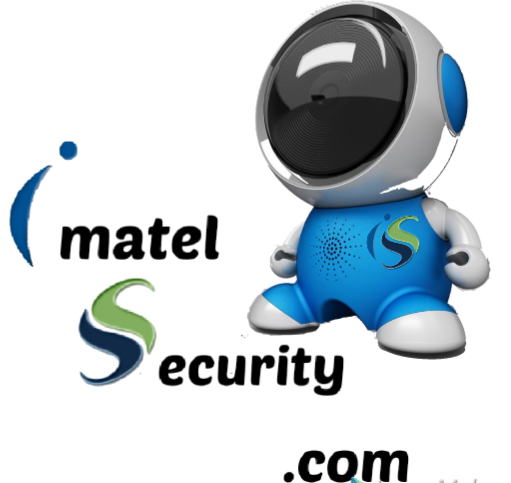About Me
In the realm of biomedical research, the exploration of biosamples has long been synonymous with the study of blood and tissue. These traditional sources have undoubtedly been invaluable in unraveling the mysteries of human health and disease. However, as technology advances and our understanding of biology deepens, researchers are increasingly recognizing the necessity to diversify their toolkit. In this pursuit, they're venturing past the confines of blood and tissue to explore an unlimited array of different biosamples. From saliva to stool, tears to hair, and even breath, this expanding panorama of biosamples provides unique insights into human biology and illness pathology.
Saliva, typically dismissed as a mere bodily secretion, has emerged as a rich supply of biological information. It contains a plethora of molecules, including DNA, RNA, proteins, and metabolites, making it a treasure trove for researchers. Salivary diagnostics, once a niche area, is now gaining momentum as a non-invasive and simply accessible technique for illness detection and monitoring. From oral cancer to infectious ailments like COVID-19, saliva-primarily based tests are paving the way for rapid and value-effective diagnostic solutions.
Moving additional down the digestive tract, stool samples supply a glimpse into the intricate ecosystem of the gut microbiome. The trillions of microbes residing in our intestines play a pivotal role in human health, influencing everything from digestion to immune function. By analyzing the composition and function of gut microbiota through stool samples, researchers are unraveling its function in various diseases, together with inflammatory bowel ailments, obesity, and even neurological disorders like Alzheimer's disease.
Past bodily fluids, unconventional biosamples such as tears are also garnering attention. Tears contain a various array of proteins, hormones, and metabolites, reflecting not only ocular health but also systemic conditions. Tear-based mostly diagnostics hold promise for ailments ranging from dry eye syndrome to diabetes and could provide a non-invasive window into overall health status.
Even something as seemingly mundane as hair can provide valuable insights into human biology. Hair strands protect a record of publicity to environmental toxins, medicine, and even dietary habits over an prolonged period. Evaluation of hair samples has been instrumental in forensic science and toxicology and is now being explored in fields like nutritional research and personalized medicine.
Maybe one of the most intriguing biosamples is exhaled breath. Each breath we take accommodates a complex combination of risky organic compounds (VOCs) that mirror our metabolic state. Breath analysis, known as breathomics, holds immense potential for diagnosing a wide range of diseases, including cancer, asthma, and metabolic disorders. With the advent of advanced analytical techniques resembling mass spectrometry and electronic nostril devices, breathomics is poised to revolutionize early disease detection and personalized medicine.
The exploration of numerous biosamples is just not without its challenges. Every type of pattern presents its own set of technical hurdles, from standardization and pattern assortment to storage and analysis. Moreover, ethical considerations surrounding the use of biosamples, particularly those obtained from vulnerable populations, have to be caretotally addressed.
Despite these challenges, the rewards of venturing beyond blood and tissue are substantial. By tapping into the wealth of information contained in different biosamples, researchers can gain a more comprehensive understanding of human biology and illness pathology. Moreover, the non-invasive nature of many of those sampling methods makes them particularly attractive for inhabitants-wide research and distant monitoring.
As we proceed to push the boundaries of biomedical research, embracing the diversity of biosamples will be paramount. By broadening our scope past traditional sources, we will unlock new insights, develop revolutionary diagnostics, and in the end improve human health in ways we as soon as deemed unimaginable. From saliva to breath, the possibilities are limitless, and the journey of exploration is just beginning.
If you cherished this post and you would like to receive much more data regarding Enabling medical research kindly pay a visit to our own internet site.
Location
Occupation


